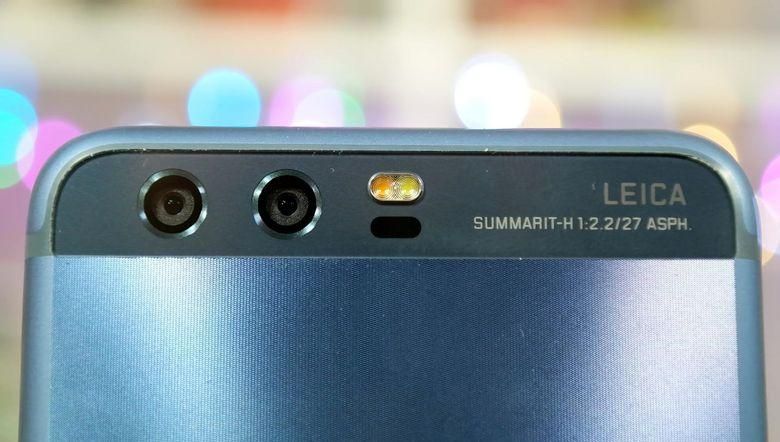Let’s break this down.
- Smartphone cameras have near completely replaced the Point & Shoot camera market, and are increasingly capable of taking stunning images and video.
- As we improve video, it takes up more storage and is a bigger drag on bandwidth.
- The solution to storage and bandwidth woes is to shift to a new form of video compression.
- Huawei and ZTE offer products that use a new form of compression, but because of licensing issues, Google/YouTube/GDrive refuse to support this video codec.
- What’s worse, Google Photos won’t even notify you that your videos aren’t being uploaded and backed up, which is something we should expect from a cloud back up solution we’re meant to rely on.
Does this mean that you shouldn’t shoot 4K video on a Huawei Mate 9 or P10? Not at all.
These video files are certainly less convenient to work with, but pros have been working with this video compression for years now. There are straightforward solutions for sharing, backing up, and editing. Even apps from your phone are capable of working with these files. Want the full scoop? We shot a vlog on this topic to help out the folks who really want the answers on how to work with HEVC video.
What is HEVC and how can I upload it to YouTube?
As a brief aside, something we neglected to mention in this vlog, Twitter and Instagram don’t seem to have any issues converting HEVC for sharing.

